
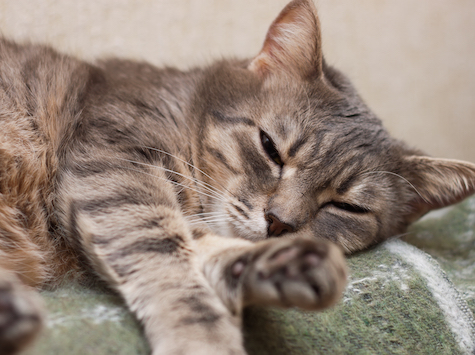
By Dr. Katy Nelson, DVM
If you’ve noticed your cat exhibiting a behavior called head pressing, it’s important to visit your veterinarian immediately to determine the underlying cause of the problem.
Head pressing is the compulsive act of pressing the head against a wall or other surface relentlessly, for no apparent reason. It is different than head butting, a perfectly normal behavior where a cat rubs or bumps its head against a human or inanimate object as a sign of affection. Head pressing is generally a sign of damage to the nervous system, which may result from a number of underlying problems.
In order to determine the underlying cause of the head pressing behavior, your veterinarian will likely perform a fundic examination of the retina (the layer of the eye that receives and processes images) and other structures in the back of the eye. This may reveal irregularities in the brain, or infectious or inflammatory diseases.
Other helpful tests include blood pressure (the amount of pressure applied by the blood on the arteries) measurements to determine if your cat has high blood pressure, and computed tomography (CT) or magnetic resonance imaging (MRI) scans of the brain.
Your veterinarian will also perform bloodwork and a urinalysis, which could reveal a problem with the metabolic system, or help determine if there are any toxins in the system.
You should be prepared to provide a comprehensive history of your cat’s health, including when the symptoms began and what incidents may have preceded the condition. Be sure to inform your vet of any other symptoms that accompany the head pressing. Common symptoms include abnormal vocalization, compulsive pacing and circling, changes in learned (trained) behavior, seizures, damaged reflexes, disorientation, and visual impairment. These symptoms may lead to physical problems such as sores on the feet from compulsive pacing, or injuries to the face or head from pressing the head against a surface for an extended period of time.
Once your veterinarian has performed the appropriate tests and analyzed your cat’s symptoms, he or she will make a diagnosis. Some of the common problems that could be causing the head pressing are:
The next steps for treatment and care are dependent upon your veterinarian’s ultimate diagnosis of the underlying cause of the head pressing. Each disease or ailment will require a different method of treatment. In most cases, your veterinarian will recommend follow-up neurological examinations to monitor the progress of the condition.
With neurological conditions, symptoms that seem unrelated may be linked to one another. Be sure to ask your vet about any and all unusual behaviors or symptoms your cat exhibits, as they might play a critical role in making the diagnosis.
Talk to your veterinarian if you have any concerns about your cat’s condition or symptoms.
Image: Katerina Maksymenko / Shutterstock
Brain Tumors in Cats
Brain Tumors in Pets
Brain Tumors in Cats – Not Always a Death Sentence
Destruction of the Pituitary Gland in Cats
 Runny Nose in Cats
Nasal Discharge in Cats
Normal
0
fa
Runny Nose in Cats
Nasal Discharge in Cats
Normal
0
fa
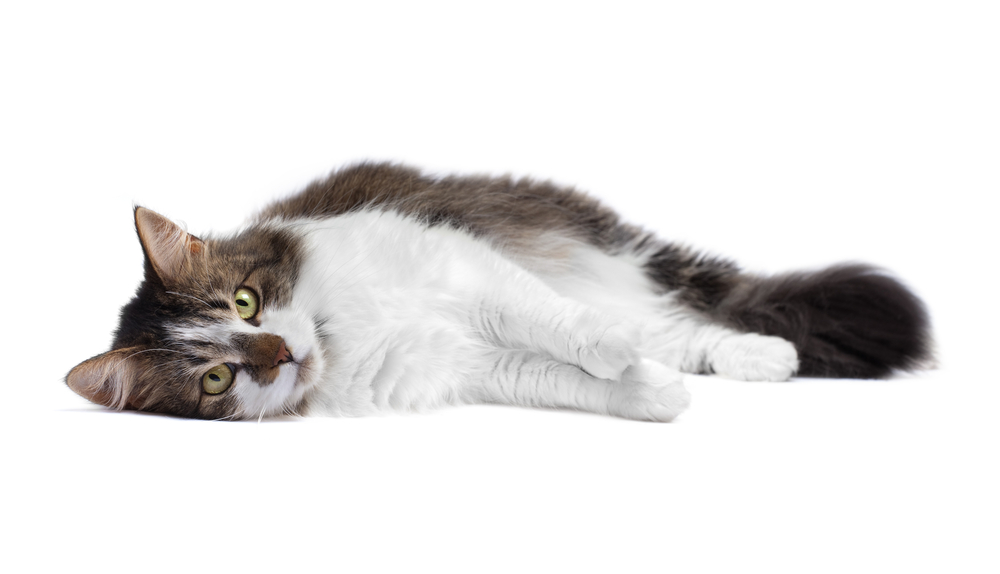 Advil Poisoning in Cats
Ibuprofen Toxicity in Cats
Ibuprofen is a non-ste
Advil Poisoning in Cats
Ibuprofen Toxicity in Cats
Ibuprofen is a non-ste
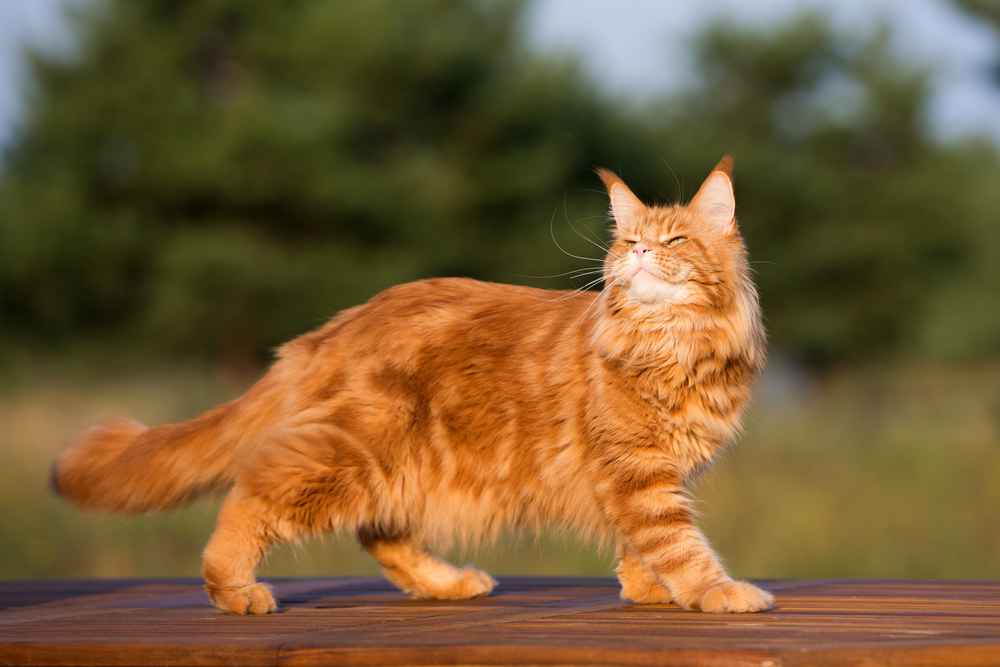 Involuntary Muscle Trembling in Cats
Tremors in Cats
Tremors are involuntary, repetiti
Involuntary Muscle Trembling in Cats
Tremors in Cats
Tremors are involuntary, repetiti
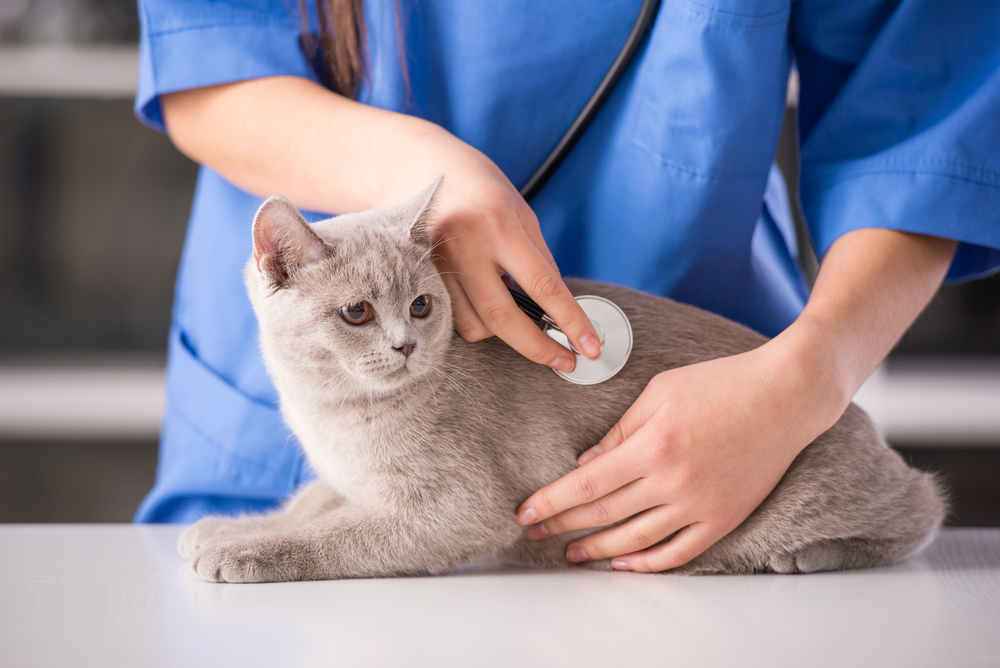 False Pregnancy in Female Cats
Pseudo-pregnancy in Female Cats
A hormonal imbala
False Pregnancy in Female Cats
Pseudo-pregnancy in Female Cats
A hormonal imbala
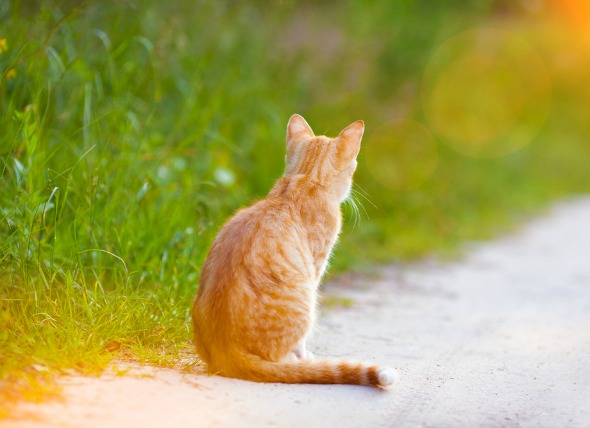 Neck and Back Pain in Cats
It is often difficult to determine the exact loca
Neck and Back Pain in Cats
It is often difficult to determine the exact loca
Copyright © 2005-2016 Pet Information All Rights Reserved
Contact us: www162date@outlook.com